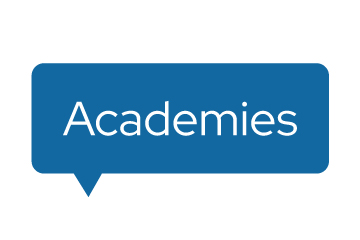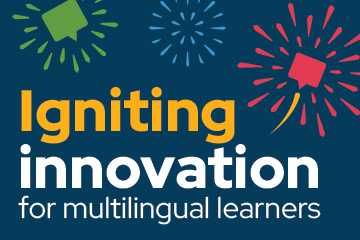In early care and education (ECE) settings, planning for multilingual children includes fostering the many ways we use language to make meaning of our environments, experiences, and learning. This WIDA Snapshot includes ideas for gathering information from families, community members, and classroom observations to use while planning.
 Instructional planning is a central practice for educators. In early care and education (ECE) settings, educators know that their instructional planning includes fostering children’s languaging and learning. Languaging refers to the many ways we use language to make meaning of our environments, experiences and learning. Equitable planning for multilingual children means we center their languaging. This means planning opportunities for children to use their full linguistic repertoire — which includes children’s home language — to learn, make meaning, and demonstrate their learning. To help you plan instruction that promotes children’s languaging, we suggest planning with a language-focused approach.
Instructional planning is a central practice for educators. In early care and education (ECE) settings, educators know that their instructional planning includes fostering children’s languaging and learning. Languaging refers to the many ways we use language to make meaning of our environments, experiences and learning. Equitable planning for multilingual children means we center their languaging. This means planning opportunities for children to use their full linguistic repertoire — which includes children’s home language — to learn, make meaning, and demonstrate their learning. To help you plan instruction that promotes children’s languaging, we suggest planning with a language-focused approach.
Taking a Language-Focused Approach to Planning
- Focus On: Attending to setting, environment, curriculum, activities, and resources
Consider the Following: How does your setting, environment, curriculum, activities, and resources affirm multilingual children’s individual linguistic, cultural, and literacy practices? How can information gained through family and community partnerships help you plan for equitable languaging and learning? - Focus on: Building on children’s language practices
Consider the following: What have you observed about multilingual children’s language practices? How can you use these observations to help you plan equitable learning opportunities for multilingual children? - Focus on: Promoting language interaction
Consider the following: What roles have you observed that children are most comfortable taking (for example, initiating a conversation, responding to questions)? How might you plan for them to take on varied roles? - Focus on: Promoting language development
Consider the following: What have you noticed about how multilingual children use language to make meaning and learn? How will you plan for continued language growth and development for the multilingual children you serve? - Focus on: Encouraging language participation through uses of language
Consider the following: What have you noticed about how and why multilingual children are using language? How will you target specific purposes of language use in the lesson?
Other ways to help plan your instruction include using the WIDA Early Years Key Uses of Language and gathering information for multilingual children in an ongoing way.
Using WIDA Early Years Key Uses of Language
The WIDA Early Years Key Uses of Language are a resource to help teachers be intentional about language, serving as a “lens” to see and think about language. The Key Uses of Language define three specific purposes for using language: Express Self, Recount, and Inquire. These Key Uses are embedded in early learning and development standards and commonly used in ECE settings. The Key Uses do not represent all the possible ways that children use language. They do, however, provide concrete ways to be intentional about the kinds of language you expose children to and want children to learn and use.
The Key Uses of Language can be found in the WIDA Early Years Can Do Descriptors. They are also available in Spanish and can be found in Los descriptores Podemos: Educacion temprana.
Gathering Information
Gathering information about multilingual children includes engaging with the families and members of the communities of the multilingual children you serve in respectful, reciprocal, equitable ways. Multilingual children’s portfolios may include information gathered from families and classroom observations, such as
- The language(s) spoken at home, by whom, and for how long. For example, does the child speak the same language with their extended family members as they do with nuclear family members?
- Families’ language and cultural goals for their child and any concerns they have. For example, do families want their child to be bilingual/multilingual? Are they concerned about their child losing the language(s) used in their home and by family members?
- Notes from observations, with detailed descriptions of a child’s language use and direct quotes. For example, “During lunch time, he said, ‘No sandwich.’”
- Photos, with descriptive notes, of child playing with language and literacy props. For example, “When playing in the library area, she pretended to be the teacher. She described the cover of the book to two other children by saying, ‘看, 这是牛牛,這是豬’ (‘Look, cow’).”
- Audio recordings of children’s language samples, such as a recording from a conversation in the home that mom provided to the center.
- Sample work, such as art projects with child quotes. For example, “This is manzana. I eat apple ayer.”





